Table of Contents
Many creative businesses have met or exceeded their fundraising objectives via the crowdfunding platform Kickstarter. Despite the fact that two out of every three Kickstarter projects fail, you may still achieve great success if you are prepared to put in the effort and time necessary to develop a compelling project. But, what exactly is Kickstarter, and how does it operate and function? After answering both of these concerns, this post will demonstrate how to create and manage a hugely successful project on the network in more detail.
What Is Kickstarter?
The ability to answer the question, “What is Kickstarter?” is necessary before you can successfully run a campaign on the platform. “What is Kickstarter?” This will assist you in understanding whatever the program is or how it might assist you in achieving your objectives.
Kickstarter is a crowdfunding website established in Brooklyn, New York, that allows people to raise money for projects. Its goal is to assist entrepreneurs in bringing their innovative ideas to fruition. The crowdfunding website Kickstarter offers campaigns for ventures in a broad variety of genres, including arts and comics; dance; design; fashion; cinema; cuisine; gaming; music; photography; publishing; technology; theater; and video games and comics. It is more effective for start-ups and entrepreneurs who have original and innovative ideas.
Kickstarter, which was founded in April 28, 2009, by Charles Adler, Perry Chen & Yancey Stickler, has evolved to become the most popular crowdsourcing platform for creative projects in the United States. The site has assisted in funding a total of 445,000 businesses that had received commitments from 17.2 million supporters, resulting in a total of over $4.6 billion in funding as of December 2019.
How Kickstarter works
Now that you understand “What is Kickstarter,” you’re undoubtedly curious about how the platform really works. It’s really very easy, to be honest. Any entrepreneur who has an original concept may build a Kickstarter campaign profile to explain their ideas and projects to persuade prospective supporters to finance their campaign, and how they intend to utilize the funds they have collected to bring the idea to reality. Before your campaign can go live, however, it must go through Kickstarter’s approval process to verify that it complies with all of the platform’s rules.
Once your project has been approved by Kickstarter, it is your duty as a creative to publicize your concept and promote it on your network in order to lure as many supporters as you possibly can. On Kickstarter, campaigns are available for support from one to 60 days (the actual length of the campaign is up to you, but 30 days is the suggested duration), and creators may utilize backer incentives to attract and persuade prospective investors to support their concept throughout this period.
It’s also important to remember that Kickstarter utilizes an all-or-nothing fundraising approach, which means you either get everything or nothing. This means that you will not get any funds unless and until you achieve or exceed your fundraising goal. If you do not meet your fundraising target, you will receive a complete refund of any funds received from your supporters.
If you do reach your fundraising goal, Kickstarter will take a fee of 5 percent of the money raised as a fee for utilizing the site. They will also charge a payment processing cost of 3 percent to 5 percent of the funds raised.
How to launch on Kickstarter
As usual, each project comes with a comprehensive step-by-step project plan.
Make sure that you require Kickstarter
Kickstarter is obviously, the most well-known crowdfunding site. It allows you to attract more attention and money than any other platform for your project.
However, also has its own distinct characteristics. The most popular physical items are gadgets and games.
In addition, ensure sure your concept fits the project criteria of Kickstarter.
If your project does not satisfy Kickstarter requirements, it might be helpful to check into less popular but less restrictive crowdfunding sites, like Indiegogo or Selfstarter. Many successful initiatives were implemented on the basis of these terms. Take the gaming headsets with earbuds that raised $2,930,631 for example.
Plan the project
Set up a comprehensive timetable including everything from creating the concept to delivering the goods to supporting companies. Think about all the specifics since frequently an idea that raises the required money is then confronted with problems when it comes time to execute the project.

Don’t overestimate yourself. The Petcube group had anticipated the project to be started in 3-4 months, however it took 14 months to complete. They required so much time to comprehend the mass production of the gadget according to international standards.
Determine the campaign period
A Kickstarter campaign may run between 30 to 60 days. It is claimed that 60 days are too lengthy and resources are too little. A 30-day campaign, on the other hand, may not be enough. Find the optimal balance; take account of seasonality and vacations.
Assess how much you need
Raise money till you have enough to execute the project. Do not communicate less than you need; you will be required to fulfill your commitments. In addition, a little quantity may make you appear inferior. It may seem that you don’t recognize your idea’s worth. On the other side, you risk getting away with nothing if you set the standard too high. One of the principles of Kickstarter: it is always preferable to go above your target. The more funds your project generates, the more supporters will purchase it. Wide financing implies that the project has to be spectacular and certainly expanded.
Petcube established a minimal target of $100,000, however the concept was overfunded and $251,225 was collected.
Estimate charges and pricing
Determine how much your project will cost as well as how much remuneration is paid to supporters. Estimate prices to the fullest extent feasible. You have primary expenses and margins, on the one hand, and there are pricing expectations for purchasers, on the other. You have a balance to strike.

Kickstarter allows you offer early purchasers discounts. But don’t overdo it. Petcube offered its goods to its initial clients for 99 dollars. Then the price rose to $149. They realized at some time that they should not have put the original pricing at 99 dollars. Those who purchased Petcube at this rate were the most faithful consumers who well before the Kickstarter project started to purchase through their newsletter. Probably they could have paid more. In addition, the $50 rise did not appear to cost many consumers.
Don’t too cheaply market your goods. Whether you establish a cheap price, you can’t determine if people are prepared to pay big money for it or not.
Create a website for email collection
Start an online platform for collecting your project’s email addresses. You may also test promotional clips or content in this manner. After a while, some portion of the public you met on the website will become purchasers.
Start a preliminary PR campaign
It is stated occasionally that before you launch, you should not talk about your product. The reasons are obvious: for the second attempt, when you start collecting money, the media, who previously wrote about the product, will not do it.
But Petcube chose to pursue another path. Months before the Kickstarter campaign started, the team prepared a wave of articles. They were published over 100 times, including stories on Yahoo, Msnbc and Cnet.

Anticipating things: their original fears came true. Only Cbs news and a few other media reported on Petcube for five months. This first effort nevertheless proved helpful, enabling Petcube to gather about 3000 emails from its prospective clients, to obtain some financing and to access HAXLR8R, a Chinese start-up accelerator.
Analyze your findings
A PR campaign before starting Kickstarter allows you to evaluate how your product, ideas and positioning are received by consumers and media. It also allows you to remove any errors before collecting money. So if you choose to inform beforehand, evaluate comments carefully and draw solid judgments.
Prepare some pictures
Throughout the whole campaign, you’ll need excellent photos: Kickstarter clips, media, social media and so on. Try to make them seem very attractive, since people prefer to visually understand the content and draw judgments on a product based on its design.

Write some nice texts
You interact with your prospective clients through SMS, don’t you? So put it down so that others would want to pay for your concept. Take into consideration all aspects, time and risks. Be genuine and open to your supporters.

The most essential elements are the name and short description of your project. This data will be shown in a “Discover” area, and it is precisely how many users will browse on the Kickstarter page of your project. By the way, half of the supporters visit the project page through the “Discover” page according to the data of different projects!
Tips for a Successful Kickstarter Campaign
Understand your Project’s Scope
Only specific kinds of projects are allowed on Kickstarter. First of all, be sure that your idea is within the boundaries of what Kickstarter encourages. You cannot launch a charity or general company campaign on the site, for example. Kickstarter will only accept your campaign if it has quantifiable objectives, a clear start and a clear finish date.
Another thing to note is how long your project lasts or its complexity. If it is extremely lengthy and complicated, consider splitting into multiple phases and individually financing them. Every cycle will have its own financing objective and implementation objective. Kickstarter would most likely accept your project if you establish precise quantifiable project goals. Your prospective supporters will also be reliable and eager to assist your campaign since they can understand simply what they are supporting.
Set the Timeframe for your Project
It is necessary to define the timetable of your project since it will influence many factors such as the length of your campaign, the timeframe it will require to produce the final product and the delivery period for the prizes of your supporters. Campaigns tend to gain traction at the start and conclusion of the campaign, but are lagging in the center, so if you run a lengthy campaign, you risk a choke point in the middle.
While you may conduct your campaigns anywhere between one and 60 days, Kickstarter projects with the greatest success percentage last 30 days or fewer. You must find a balance between the length of your campaign and the attention of your supporters. Once the campaign is finished, make sure that you have enough time to complete your venture so that you do not disappoint your supporters with early or late incentives.
Specify your Fundraising Objective
Kickstarter utilizes a financing approach for everything or nothing. That implies that you only get the funds if the project achieves its financial objective within the given time, otherwise you won’t receive money. You should thus avoid making your financing target excessively high. Specify the minimum quantity you need to build your product. This helps you attract more supporters and achieve your objectives more quickly.
Make sure you take into consideration production and manufacturing expenses, staff wages, overheads like rental, packaging costs and shipping costs in establishing your financing objective. Don’t forget to utilize Kicktraq to investigate other successful programs identical to yours and check how many supporters you have attracted and how much money you raise.
Properly Describe your Project
The way you communicate information on your fundraising page is important; it is your one shot to selling your concept to your community, and if you do not catch their interest, you will lose your money. Your project page has to be informative, with clear project names and product or service descriptions, so that prospective page supporters can grasp it at a look. Let your sponsors know your major concept, how it is useful for them and how you intend to utilize their money to do so.
Tell your narrative and generate a feeling of urgency by informing your supporters why they need to back your project. Use clear and concise language which will resonate to everyone; use headers and bullet points in order to break the complex paragraphs in a digestible piece that leads the eyes of your visitors to the most crucial points; do not overlook using a variety of media like product photographs, video content, design documentation, and illustrations to communicate unusual as well as complex ideas
Create a Video-Killer Campaign
It takes effort to create a great campaign video, but it is important to put it on your fundraising page. A Kickstarter video project is 50% better, whereas a project without only has a success rate of 30%. Also, the first thing visitors see when visiting your campaign page is your video thumbnail. So make sure the visitor’s inquiry is strategic, welcoming, and picking. Make sure that you identify yourself in your video and describe the narrative surrounding your venture, then go ahead and encourage members to support you, speak about your excellent incentives, and clarify why it is essential that you achieve the objective of your campaign.
Use Prizes for Campaign
Backer awards are incentives to encourage supporters to support your concept. Your benefits should be linked to your project. The incentives should vary according to the amount a backing company provides with more unique perks, such as meeting and greeting, for the supporters with the greatest commitments. Make sure the incentives are not beyond of reach of your sponsor. $25 is the most common gift, while the average gift is $70. So you should ensure that around these pricing points you have lots of incentives.
Get Ready for the Pre-launch
You should have some contributors committed once your campaign goes live. These may be friends, members of the board or family and some devoted consumers. This ensures that your campaign gets off the ground and leads it to success. Go live when majority of your audience is online and can consume your video, read and share your campaign page with your media.
Gain from Social Media
Social networking is a fantastic method to advertise and guarantee the campaign ’s success. Make use of your Twitter adherents, Facebook fans, e-mail connections as well as other social media platforms. Create a separate Facebook page to provide updates and keep the initiative prominent. Don’t forget to contact your supporters and encourage them to spread the news via their networks by sharing the project.
Continue to Update and Promote your Project
Continue to provide updates on your official website and networks whenever you reach a significant milestone. Updates such as 25% financed, 50% funded or 75% funded offer prospective supporters the confidence to be part of this achievement. If you keep the backers up to speed with key milestones, videos, pictures of your work and vital team activities, you will stay motivated and feel more engaged in your project.
Do not Stop Once your Target has been Hit
Don’t get too comfortable when you reach your target before your campaign finishes. This is the moment to continue to fight for your objectives to be exceeded! After the campaign concludes, keep your supporters informed about the development of your project and potential dates when you may start delivering exceptional awards. When there are any changes in the plan or possible production retards, don’t keep the supporters in the dark; if you stay open and share these information with them, they will enjoy it.
18 Successful Kickstarter Campaigns
We have examined the crowdfunding site and selected the best of Kickstarter campaigns of all time to help you understand what you can accomplish with a Kickstarter campaign. Here is a review of Kickstarter’s most successful projects as well as how they accomplished them.
Coolest cooler
After being the second most supported project in the history of Kickstarter, this firm grew into a fully-fledged, very profitable enterprise.
This cooler paid close attention to what its target audience wanted and needed, and it invested heavily in technology to create a really one-of-a-kind product. The ability to target a particular set of consumers is something that Kickstarter is excellent at doing.
With 62,642 supporters, it exceeded its initial $50,000 fundraising target, raising about $13,285,226. This is a significant accomplishment and a testimony to the effectiveness of a well-executed project.
Potato Salad
This successful Kickstarter project, titled “Potato Salad,” is the second in this collection. Already piqued your interest? This campaign by Zack “Danger” Brown achieved a total of 7000 consumers and raised 5500 percent of the project’s original fundraising target. The concept that inspired this endeavor was what set it apart from the others.
When asked to describe his endeavor, Zack said, “essentially, I’m simply going to make potato salad.” I haven’t chosen what type I want to get yet.” The financing spiraled out of hand to the point that he decided to have a potato salad party called “PotatoStock 2014” and donated the majority of the proceeds to charity.
Originally aiming to raise $10 to purchase the ingredients for his salad, he ended up raising more than $55,000. It quickly became a worldwide sensation.
Fidget Cube
Now for something a little more conventional in terms of product concept. Developed in 2016, the Fidget Cube was released before the craze for fidget spinners became popular. It was promoted as a “baby toy for grownups” at the time of its debut.
With an initial fundraising target of $15,000, they were able to raise more than $6,450,000 from around 155,000 supporters, exceeding their expectations.
The Micro: The First Truly Consumer 3D Printer
When Michael Armani and David Jones were in college, they developed their concept as a result of their fascination with 3D printers.
They began their campaign on Kickstarter in 2014 with the goal of developing a low-cost 3D printer for the general market that would cost less than $500. The business, which goes by the name of M3D, now manufactures and distributes fantastic small printers in a variety of bold colors across the globe. It has earned about $10 million and $15 million in revenue since it began selling in large retailers such as Staples, Brookstone, and other similar stores.
This all began with a $50,000 Kickstarter target, which they easily exceeded, raising an initial sum of $3,401,361 in the process.
Exploding Kittens
When it was first published in 2015, this card game, designed by comic Matthew Inman, was the most quickly funded campaign on Kickstarter. The initial edition of the card game was intended for the whole household, but a subsequent version, rated NSFW, was produced, building on the popularity of the previous version.
The game is centered on amusing cartoon images of cats, and it has now evolved into a number of other variants on the basic game concept. There is also an app platform of the game available today.
Ever since breakthrough of the crowdfunding campaign, the firm has produced and sold more than 5 million cards, and they have grown from their tiny, backyard-based operation in 2015 to a larger operation that serves customers worldwide. Inman has now risen to the status of online hero after gaining widespread recognition for the ridiculous, cat-themed card game he created.
Their Kickstarter campaign collected an initial total of $8,782,571 dollars.
Mighty No.9
Keiji Inafune, the designer of Megaman, came up with the idea for this one-of-a-kind video game. It is a classic, vintage – inspired Japanese side-scrolling game that revolves on a little robot called Beck, who must defeat various enemies.
The campaign, which served as a throwback to classic video games, was a resounding success, raising $3,845,170 — well exceeding the original target of $900,000.
Faces of Courage
This incredible campaign has increasingly changed and evolved. Photography artist Mark Tuschman spent the last decade documenting the experiences of women in underdeveloped nations in order to document their stories and emphasize their lack of control over their own lives and identities.

The animated pictures were very popular, and many people expressed an interest in seeing them collected in a book. Tuschman was able to do this with the assistance of a Kickstarter effort that collected more than $60,000 to cover the expenses of publication.
Kingdom Death: Monster 1.5
Adam Poots, a seasoned crowdfunder and the developer of past Kickstarter projects such as The Foresaker, made his second foray into the crowdfunding world in 2009 with the release of this iPhone application.
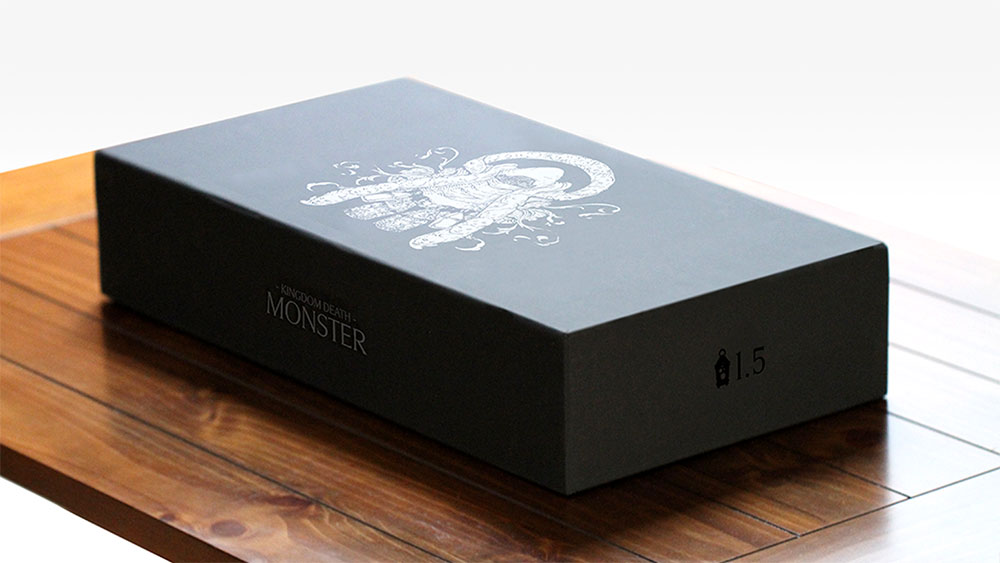
It was Kickstarter’s second-largest funded project, behind the Exploding Kittens, with approximately $2,049,721 raised from around 5,410 supporters.
The following are some successful Kickstarter projects that we would like to share with you. Please stay for a while.
Elevation Dock
Elevation Lab was created by Casey Hopkins nearly a decade ago with the aim of producing lovely iPhone docks.
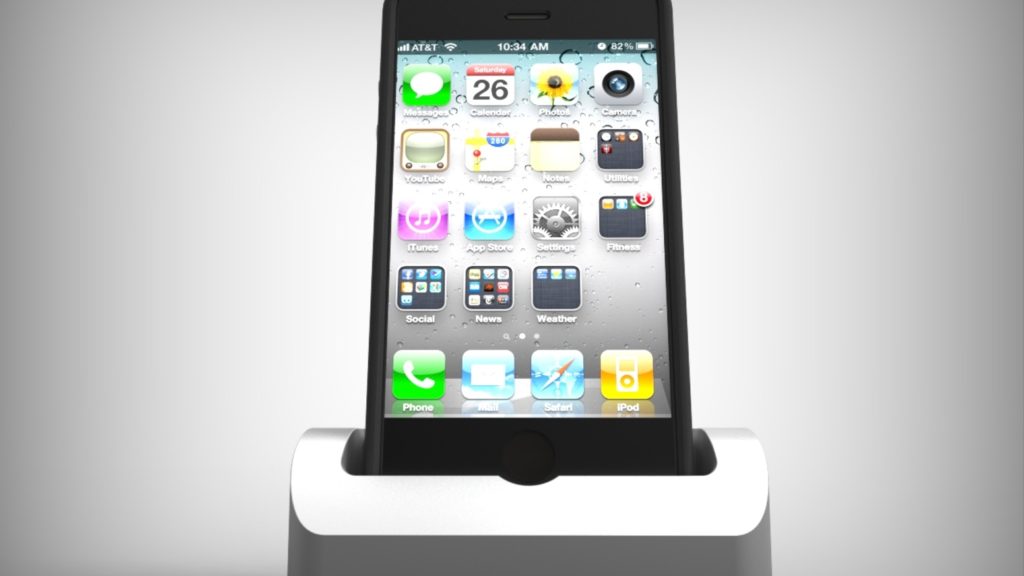
His initiative received support from about 12,521 supporters, resulting in a total of $1,464,706 raised, much exceeding the initial target of $75,000. His line of products has grown to include additional Apple platforms, such as the Smartwatch stand, as well as other accessories. Due to the overwhelming popularity of these items, Apple decided to begin selling them in their own shops as official Apple peripheral products.
TGT (Tight) – A New Kind Of Wallet
This Kickstarter campaign, which was launched in 2012 and intended to create a revolutionary wallet, had an original funding target of $20,000. However, thanks to a creative campaign that included original and compelling video-making and narrative, they were able to raise $317,424 in only 35 days.
The incredible video on their fundraising page captures the attention of visitors without uttering a word and keeps them engaged all the way through to the conclusion of the film. This project is a testimony to the importance of imagination in the Kickstarter system.
Critical Role: The Legend of Vox Machina Animated Special
This weekly live broadcast of the tabletop game has a huge, faithful following, which is essential for its tremendous success. It came to an end in 2017 with 115 episodes and brought the long-running narrative, which often included guest voice actors, to a close.
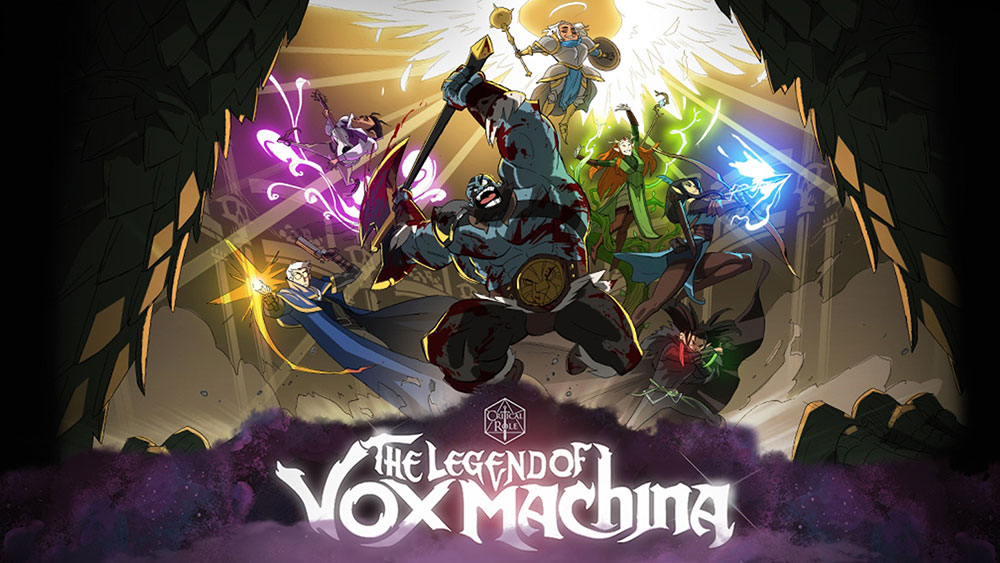
As a result of the enormous popularity of this live-streamed series, a Kickstarter campaign was started to convert the original program into an animated television series. Because of the overwhelming support from the fans, they were able to exceed their original target of $750,000 and achieve $11,385,449 – earning them an incentive of $10 million.
Pebble E-Paper Watch
Pebble was the first commercial smartwatch to hit the market, launching in 2012 with its initial device. The gadget merged the capabilities of all future smartwatches, such as alerts and fitness monitoring, with the energy economy of an e-reader display, resulting in a device that was both useful and energy efficient. The e-ink projection was a major selling feature, and the designers worked hard to improve the design of subsequent versions of the gadget.
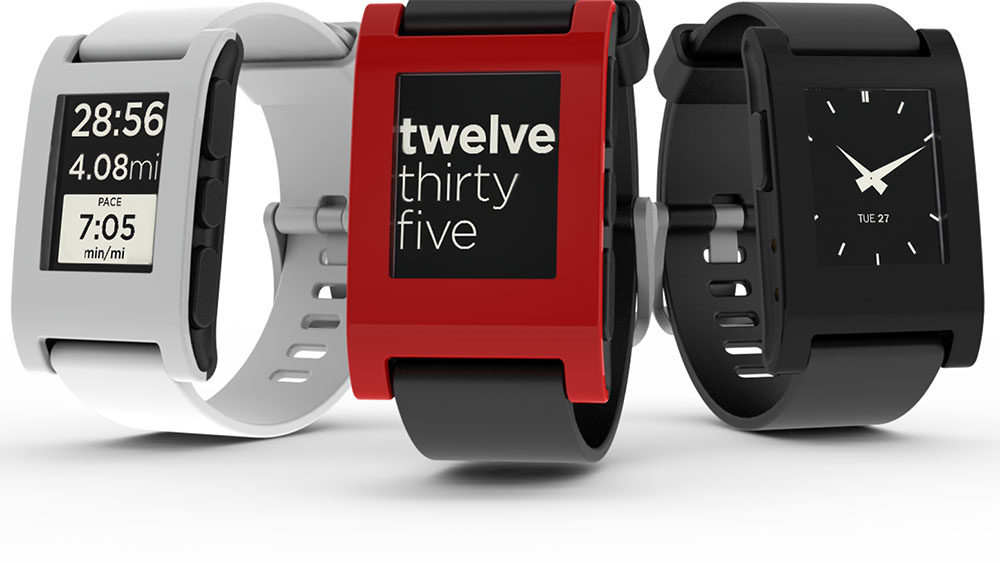
The initial Kickstarter project surpassed its $100,000 funding target, raising a total of $10,266,845 — making it by far the most successful project on the platform at the time. Unfortunately. As a result of the company’s sale to Fitbit for $23 million in 2016, the Pebble watch design was abandoned, and 60 percent of the company’s employees were laid off.
Reading Rainbow
When Kickstarter first started in 2014, this was one of the first success stories to emerge. Reading Rainbow, the famous children’s television program from the 1980s, has started a fundraising drive to collect funds towards the development of a field trip application for children.
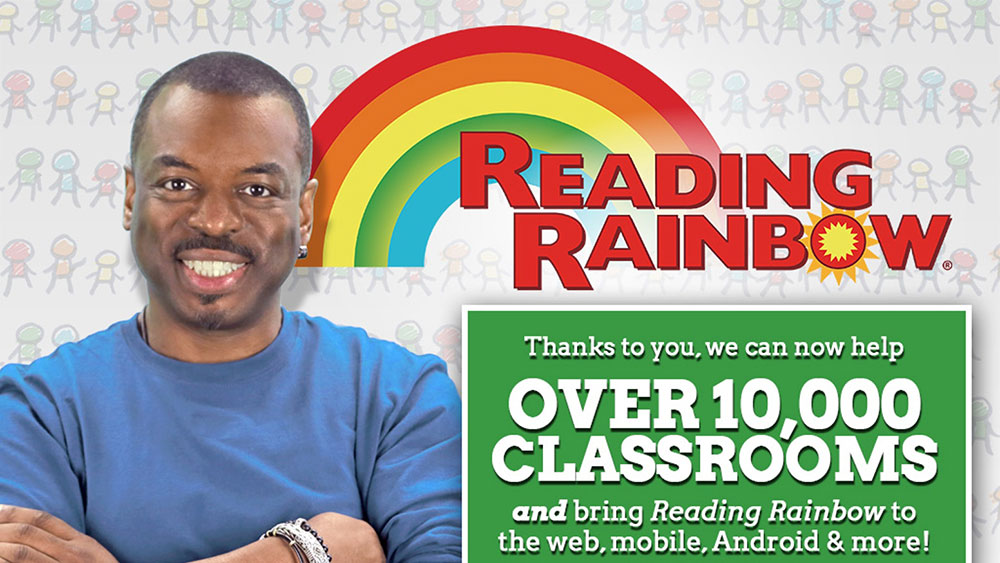
They were able to raise $5,408,916 – which was a world record at the time. In 2017, the app was rebranded as “LeVar Burton Kids Skybrary” after Burton was forced to relinquish ownership of the original Reading Rainbow license.
OUYA
This video games system, which was launched in 2012 and received support from more than 63,000 individuals, was another early Kickstarter success. It raised a whopping $5,408,916 — much above the original target of $1,000,000.
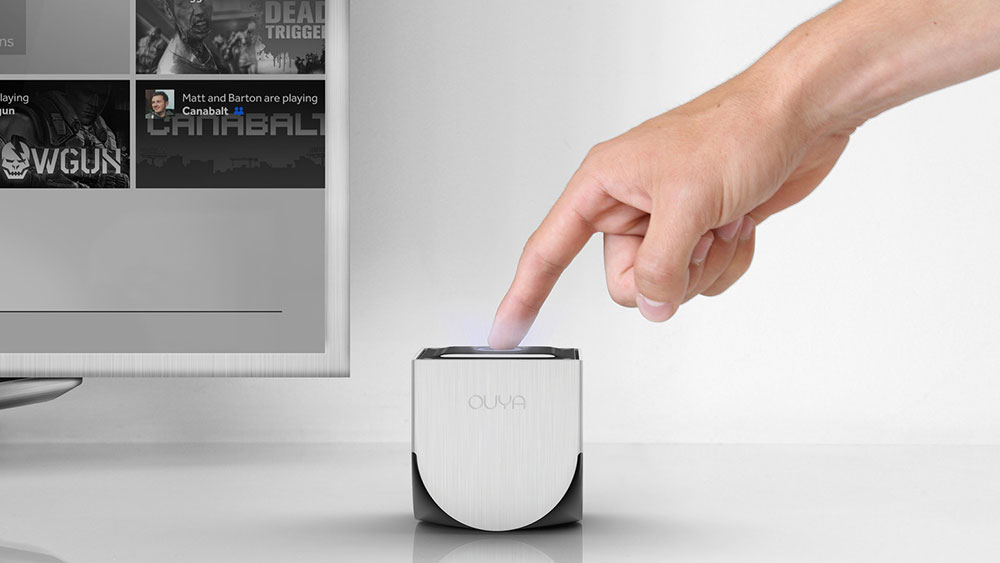
However, this was not able to be translated into long-term success for the company. It was unable to build a devoted following and was having difficulty hiring developers, thus it was forced to close its doors in 2015 upon selling its assets to Razr Inc.
The World’s Best Travel Jacket
After revealing its one-of-a-kind design, this stunning jacket was met with widespread acclaim. The jacket had a neck cushion and a variety of additional accessories, as well as the 2015 v2 of the garment was even more functional than the first. Since then, the company has grown its product range and is doing well in the market.
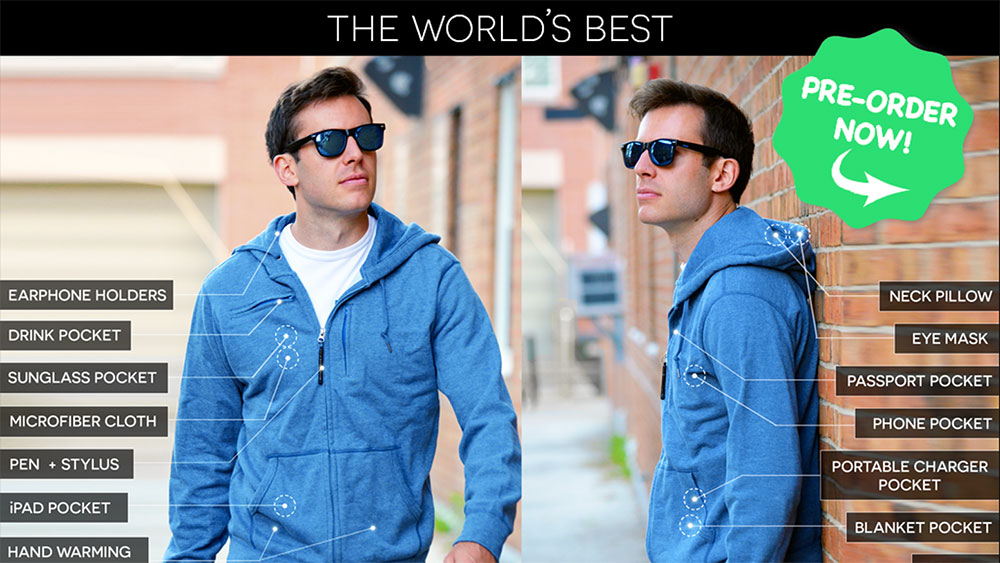
The initial goal of the campaign was to raise $20,000, but it ended up earning $9,192,055.
Shenmue 3
After announcing it in 2015, the sequel to the cult classic video game received a flurry of attention from the gaming community. Considering the fact that the series’ previous game was released in 2001 on the Dreamcast and Xbox, the idea of a new installment was met with enthusiasm by the gaming community.

Shenmue 3 is perhaps the most successful video game campaign ever financed on Kickstarter, more than doubling its original funding target of $2,000,000 to raise a total of $6,300,000.
Snapmaker 2.0 Modular 3-in-1 3D Printer
After its first debut on Kickstarter in 2017, this game-changing printer quickly became a success. It received $2,200,000 in funding, ranking it as the 11th most successful Kickstarter campaign in history.
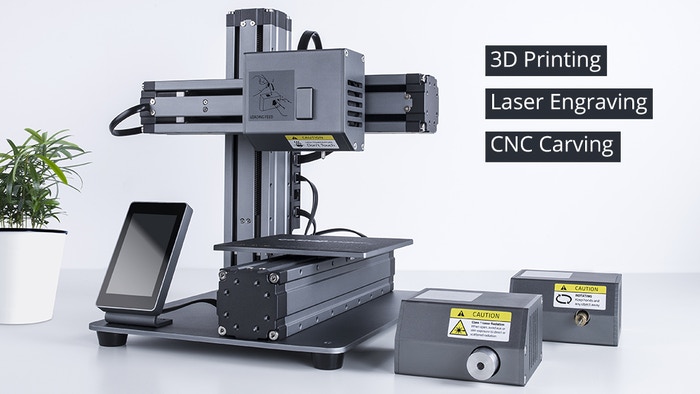
Using lasers, CNC lathe, and 3D printer, the team was able to create a controllable machine that combined three distinct technologies into a single unit. This machine was so unique and intriguing because it could operate with any material that was usually found in a store, including wooden, plastic, metals, acrylic, and other similar materials, among others. The concept piqued the interest of a small demographic of individuals and filled a need that had previously gone unmet.
WAR & PIECES
The most recent of such successful Kickstarter projects is War & Pieces, which was launched in December. This campaign was aided by the excellent video that was produced for it. An animated family was seen performing a life-sized form of the game in the advertisement. Everyone in the video seemed to be enjoying themselves, and it’s clear to understand why supporters were eager to join in on the festivities.
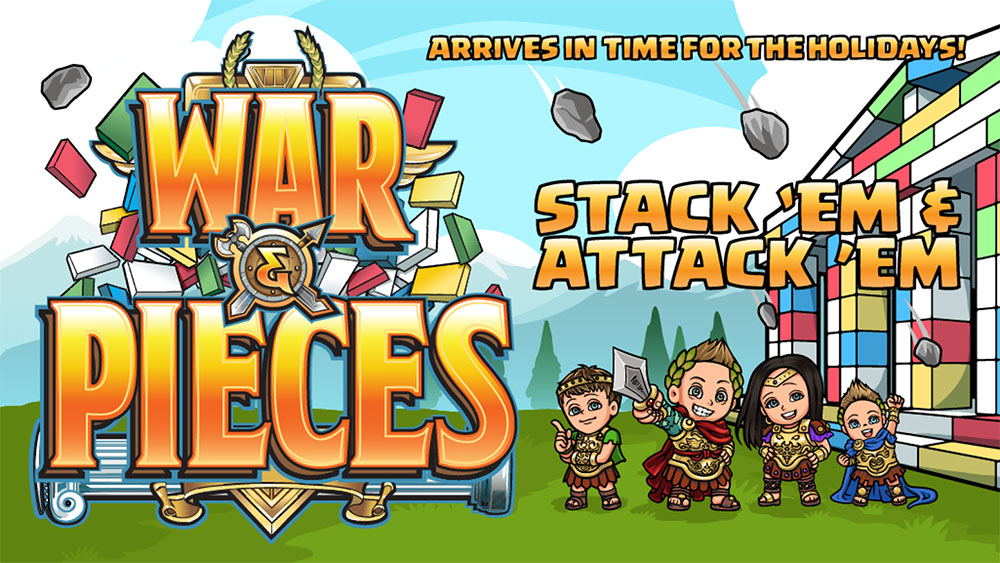
In a two days, the campaign more than quadrupled its initial $50,000 fundraising target, proving to be a tremendous success.
Final Thoughts
The fact that there have been so many incredible Kickstarter success stories demonstrates that the platform has leveled the playing field for innovators from all walks of life. The ability to fulfill orders is critical to the success of a crowdfunding campaign.
